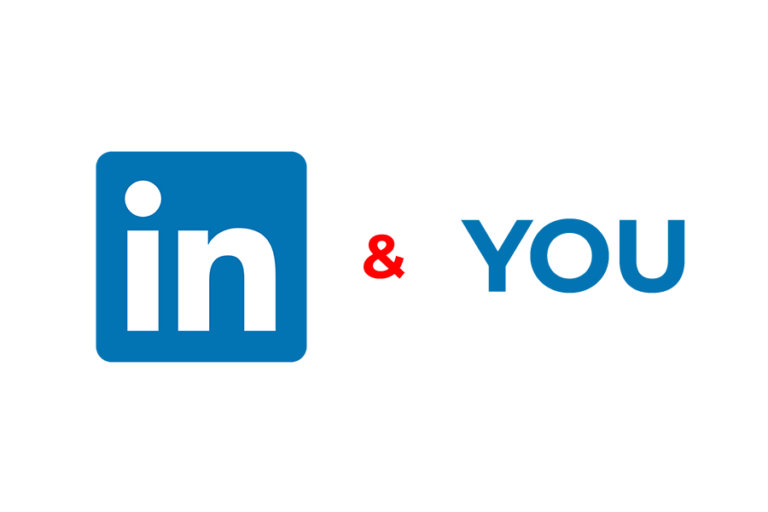
Extremely Important: Making Your LinkedIn Profile Work for You
The most important tool in searching for a new project or job for any technical specialist is LinkedIn. Here, you can showcase your skills and abilities, as well as create a profile to generate a resume that can be sent to potential employers. Properly formatting your LinkedIn profile simplifies its search and analysis for recruiters. Therefore, it’s important to spend time filling it out, which will save time by avoiding additional questions and clarifications from recruiters.
Most specialists have profiles on LinkedIn, but for some reason, they don’t want to fill them out properly so that the profile works 🙂 Here are some suggestions from Web Recruiters on what to pay attention to when filling out your LinkedIn profile:
- Add a photo! This is really Important
- Specify your real name.
- Provide contact information.
- Add an “About” section. Specify what you expect from a new project and what role you want to have. Add your 5 key skills.
- Prioritize what you have the most experience with and what you want to develop further.
- Include only the most important experience that will be relevant to a new project.
- In the Experience section, list the main technologies and their versions that you have worked with. Specify your responsibilities.
- Ask people from your past projects to leave a good review about you. This will increase trust in your profile.
After that, you can generate a resume using LinkedIn and send it to recruiters who specifically request a resume file, or simply send a link to your completed profile. Also, LinkedIn and Google will be able to index you and show you higher than others with similar profiles.
See you at the interviews!

 In the dynamic realm of talent acquisition, specific roles present distinctive hurdles for recruiters. Securing candidates for hard-to-fill positions necessitates a strategic methodology that transcends conventional recruitment approaches. Every phase of the hiring process, from sourcing to offer handling, demands precise focus and inventive strategies. Yet within these challenges lies a chance for recruiters to harness telescope automation, facilitating the streamlining of their endeavors, especially in captivating passive job seekers.
In the dynamic realm of talent acquisition, specific roles present distinctive hurdles for recruiters. Securing candidates for hard-to-fill positions necessitates a strategic methodology that transcends conventional recruitment approaches. Every phase of the hiring process, from sourcing to offer handling, demands precise focus and inventive strategies. Yet within these challenges lies a chance for recruiters to harness telescope automation, facilitating the streamlining of their endeavors, especially in captivating passive job seekers. The increasingly competitive landscape for tech jobs presents significant hurdles in hiring candidates. As technology becomes increasingly essential in various industries, skilled tech professionals have numerous options and specific job preferences. Gone are the days when companies could passively wait for applications; now, potential candidates scrutinize companies just as much as companies evaluate them.
The increasingly competitive landscape for tech jobs presents significant hurdles in hiring candidates. As technology becomes increasingly essential in various industries, skilled tech professionals have numerous options and specific job preferences. Gone are the days when companies could passively wait for applications; now, potential candidates scrutinize companies just as much as companies evaluate them.